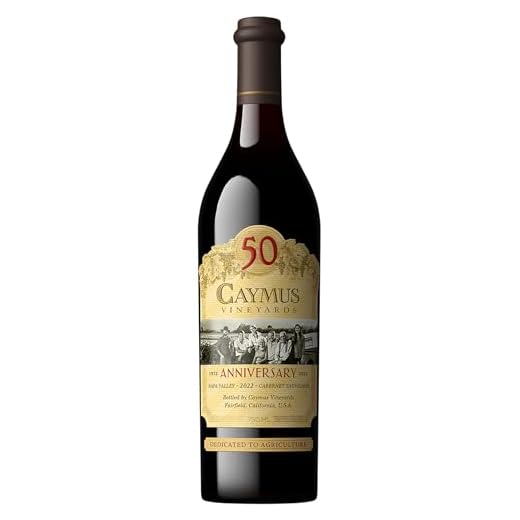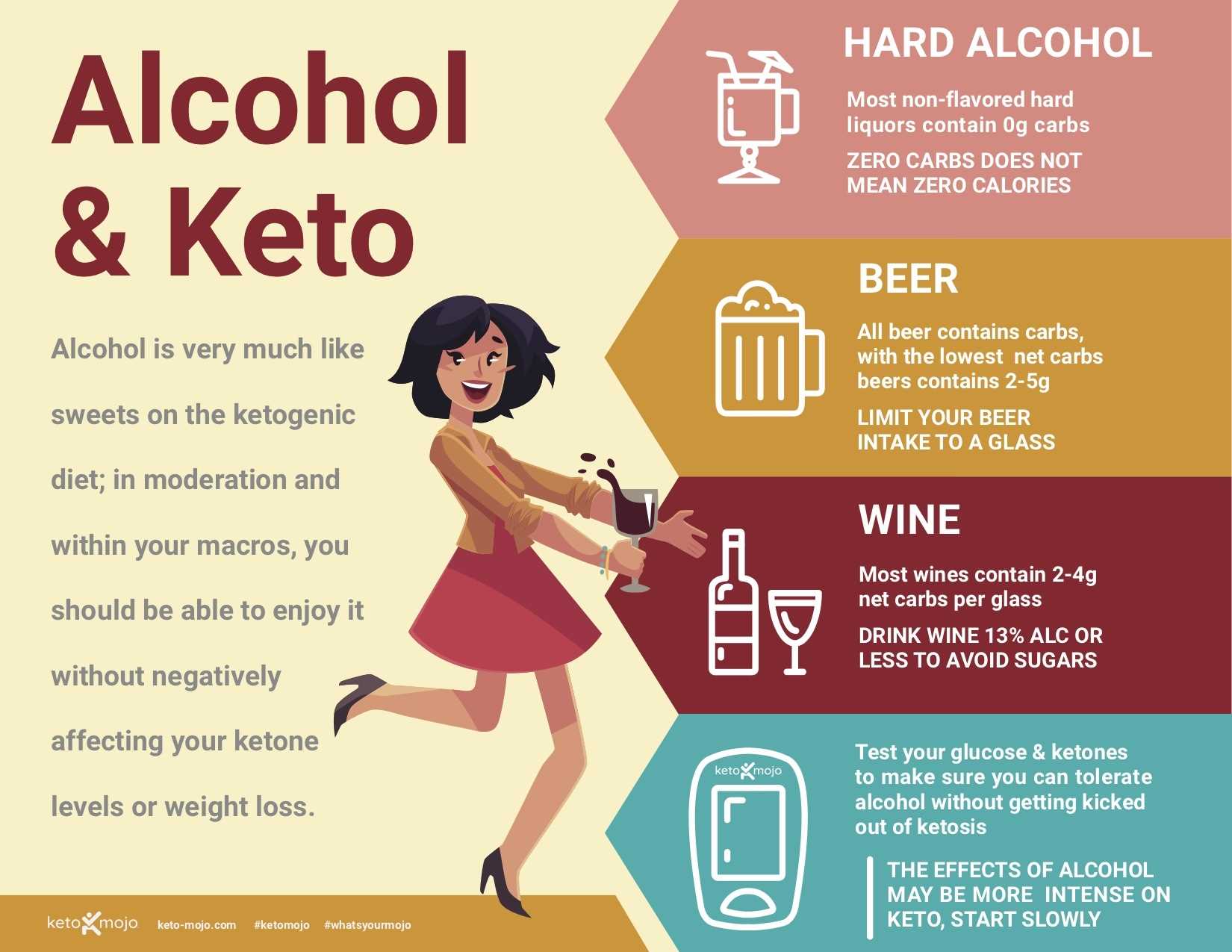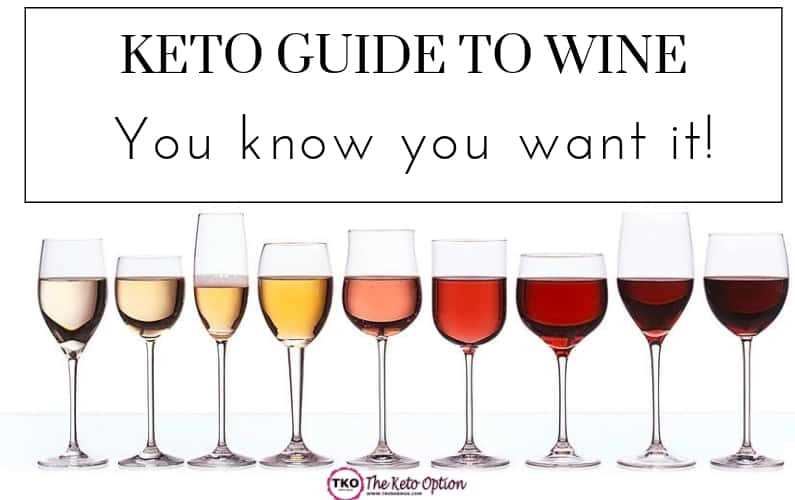



Yes, indulging in a glass of full-bodied red can fit seamlessly into a low-carb lifestyle. With an average of 3-4 grams of carbohydrates per 5-ounce serving, many varieties offer a satisfying option without derailing dietary goals. Opt for dry selections, which generally contain fewer sugars and carbs.
When selecting your pour, consider varietals such as Cabernet Sauvignon, Merlot, or Pinot Noir. These not only provide rich flavors but also tend to have lower residual sugar levels. Aim for wines that have been fermented completely, as this process converts sugars into alcohol, resulting in a drier finish.
For those keen on monitoring carbohydrate intake, tracking the total grams from beverages is crucial. While enjoying a glass, balance with low-carb fare to enhance the experience. Pairing with cheese or charcuterie can elevate both flavor and satisfaction without compromising your dietary principles.
Is Enjoying a Glass of Merlot on a Low-Carb Diet Possible?
Yes, indulging in a glass of Merlot can fit within a low-carb lifestyle. With an average of 3-4 grams of carbohydrates per 5-ounce serving, it’s a suitable option for those monitoring their carbohydrate intake. Opt for dry varieties, as they typically contain fewer sugars.
When selecting a bottle, consider the alcohol content. Wines with higher alcohol levels often contain fewer residual sugars, which can help maintain low carbohydrate counts. Look for options that fall between 12% to 14% alcohol by volume (ABV) for an optimal balance.
| Wine Type | Average Carbohydrates (per 5 oz) |
|---|---|
| Dry Red | 3-4 g |
| Sparking Wine | 1-2 g |
| Sweeter Red | 7-10 g |
Pairing with low-carb foods enhances the experience. Grilled meats, cheese platters, and vegetables complement the flavors beautifully without exceeding carbohydrate limits.
Choose wisely, savor slowly, and enjoy the rich flavors without guilt. Always keep moderation in mind to stay aligned with dietary goals.
Understanding the Carb Content of Red Wine
Most varieties contain approximately 3 to 4 grams of carbohydrates per 5-ounce serving. Dry options typically have lower sugar levels, making them preferable for low-carb enthusiasts. For instance, Cabernet Sauvignon and Merlot often present around 3.2 grams of carbs, while Zinfandel can reach up to 4.2 grams.
It’s essential to consider the residual sugar in different styles. Sweet or dessert types can have significantly higher carbohydrate counts, sometimes exceeding 10 grams per serving. Thus, opting for dry selections can help maintain carb limits.
When assessing the overall impact on dietary goals, moderation plays a key role. Enjoying a glass occasionally can fit within a low-carb framework, but monitoring total daily intake remains critical. Pairing with high-fat foods may also mitigate potential blood sugar spikes.
Label reading becomes crucial for those mindful of their intake. Checking for specific carb content can guide choices, ensuring that selections align with dietary preferences. This approach allows for enjoyment without compromising nutritional goals.
Choosing the Right Type of Red Wine for Keto
Opt for varieties with lower sugar content to align with your dietary goals. Dry wines typically contain fewer carbohydrates, making them a favorable option.
Recommended Varieties
- Cabernet Sauvignon
- Merlot
- Pinot Noir
- Syrah/Shiraz
These choices generally have a carbohydrate content of around 3-4 grams per serving, ensuring minimal impact on daily intake.
Labels and Alcohol Levels
- Check for low residual sugar levels on the label.
- Avoid wines labeled as “sweet” or “dessert,” as these often contain higher sugar content.
- Higher alcohol levels can correlate with lower sugar levels, so consider options around 13-15% alcohol by volume.
Always remember to review nutritional information when available, as it can vary significantly between brands. By selecting wisely, enjoyment of a glass becomes a seamless part of maintaining your lifestyle choices.
How Much of This Beverage Can Be Enjoyed on a Low-Carb Lifestyle?
Limit consumption to about one glass, approximately 5 ounces, per occasion to maintain low carbohydrate intake. This amount typically contains around 3-4 grams of carbohydrates, depending on the specific variety. It’s crucial to monitor total daily carb consumption, ensuring it aligns with personal dietary goals.
Timing and Pairing
Enjoying a glass with meals can enhance the experience and may help mitigate the effects on blood sugar levels. Pairing with high-fat or protein-rich foods, such as grilled meats or cheeses, supports adherence to a low-carb approach. If planning a special meal, consider exploring how to cook lasagna in air fryer for a delicious combination.
Monitoring Effects
Pay attention to how your body reacts. Individual tolerance varies; some may experience cravings or stalls in weight loss. Adjust frequency and quantity based on personal observations, ensuring alignment with overall dietary objectives.
Impact of Red Wine on Ketosis: What to Consider

Moderation is key. While a glass of this beverage may fit into a low-carb lifestyle, it’s essential to monitor the overall carbohydrate intake from all sources. Each serving typically contains about 3-4 grams of carbs, which can add up quickly if you indulge frequently. Staying within your daily carb limit is crucial to maintain a state of ketosis.
Alcohol Metabolism and Ketosis
Alcohol is metabolized differently than other macronutrients. When consumed, the body prioritizes breaking down alcohol over processing fats and carbohydrates. This can temporarily halt fat burning, potentially affecting ketosis. It’s advisable to limit consumption to avoid disrupting your metabolic state.
Potential Benefits and Risks

Some studies suggest that moderate consumption may offer health benefits, such as improved cardiovascular health and better insulin sensitivity. However, overindulgence can lead to weight gain and hinder the progress made on a low-carb regimen. Balance and mindfulness in consumption are essential for maximizing benefits while minimizing risks.
Health Benefits of Red Wine on a Low-Carb Diet
Moderate consumption of wine made from dark grapes offers several health advantages for individuals following a low-carbohydrate regimen. Rich in antioxidants, such as resveratrol and flavonoids, these beverages contribute to heart health by promoting better blood circulation and reducing inflammation.
- Resveratrol, found in grape skins, has been linked to improved cardiovascular function, potentially lowering the risk of heart disease.
- The antioxidants present may aid in protecting cells from oxidative stress, which is particularly beneficial in managing weight and improving metabolic function.
- Regular but moderate enjoyment can enhance HDL (good cholesterol) levels while potentially lowering LDL (bad cholesterol), supporting overall heart health.
In addition to cardiovascular benefits, the polyphenols in wine can positively influence gut health by promoting beneficial gut bacteria. This aspect supports digestion and may help in maintaining a balanced microbiome.
Furthermore, studies suggest that moderate consumption may improve cognitive function, potentially reducing the risk of neurodegenerative diseases. The anti-inflammatory properties of these beverages also play a role in supporting brain health.
When integrating wine into a low-carb lifestyle, selecting options with lower sugar content maximizes these health benefits. Always consider personal tolerance and health goals when indulging.
Tips for Enjoying Red Wine While Staying in Ketosis
Opt for wines with lower residual sugar. Look for options labeled as “dry,” as these typically have fewer carbohydrates and will help maintain your state of ketosis.
Portion control is key. Limit servings to about five ounces to keep carbohydrate intake in check. This size allows for enjoyment without excessive sugar consumption.
Pair these beverages with high-fat, low-carb foods. Cheese, charcuterie, or olives complement flavors and help mitigate the effects of alcohol on blood sugar levels.
Consider the alcohol content. Higher alcohol wines often contain fewer sugars. Look for varieties with an alcohol percentage above 14%, as they usually undergo more fermentation, which reduces sugar levels.
Experiment with different varietals. Cabernet Sauvignon, Merlot, and Pinot Noir are often lower in carbohydrates compared to sweeter options. Test various types to find your favorites within the low-carb range.
Stay hydrated. Alcohol can dehydrate, so drink water alongside your glass. This practice can also alleviate potential hangover symptoms the next day.
Track your intake. Use a food diary or app to monitor carbohydrate consumption from wine, ensuring it fits within your daily limits.
Be mindful of your body’s response. Pay attention to how these drinks affect your energy levels and ketosis. Adjust consumption accordingly to maintain optimal health.
Alternatives to Red Wine on a Keto Diet
Consider dry sparkling wines as an excellent substitute. They typically contain lower carbohydrates, making them a fitting choice for those monitoring their carb intake. Look for options like Brut or Extra Brut Champagne, which usually have around 1-2 grams of carbs per serving.
Low-Carb Whites
Explore white varieties such as Sauvignon Blanc or Chardonnay. These can also offer a refreshing alternative while keeping carb counts low. A typical glass of Sauvignon Blanc has approximately 3-4 grams of carbohydrates, providing a satisfying option without derailing dietary goals.
Spirits and Cocktails
Spirits like vodka, gin, or whiskey stand out for their zero-carb content. Mix them with soda water or add a splash of low-carb tonic for a flavorful cocktail. Always check mixers for added sugars that could affect carb totals.
Hard seltzers have gained popularity due to their low carb counts, often around 2 grams per serving. Opt for brands that use natural flavors to avoid unnecessary additives.
Experimenting with these alternatives can enhance enjoyment while adhering to a low-carb lifestyle. Remember to monitor portions and ingredient labels closely to maintain your goals.









